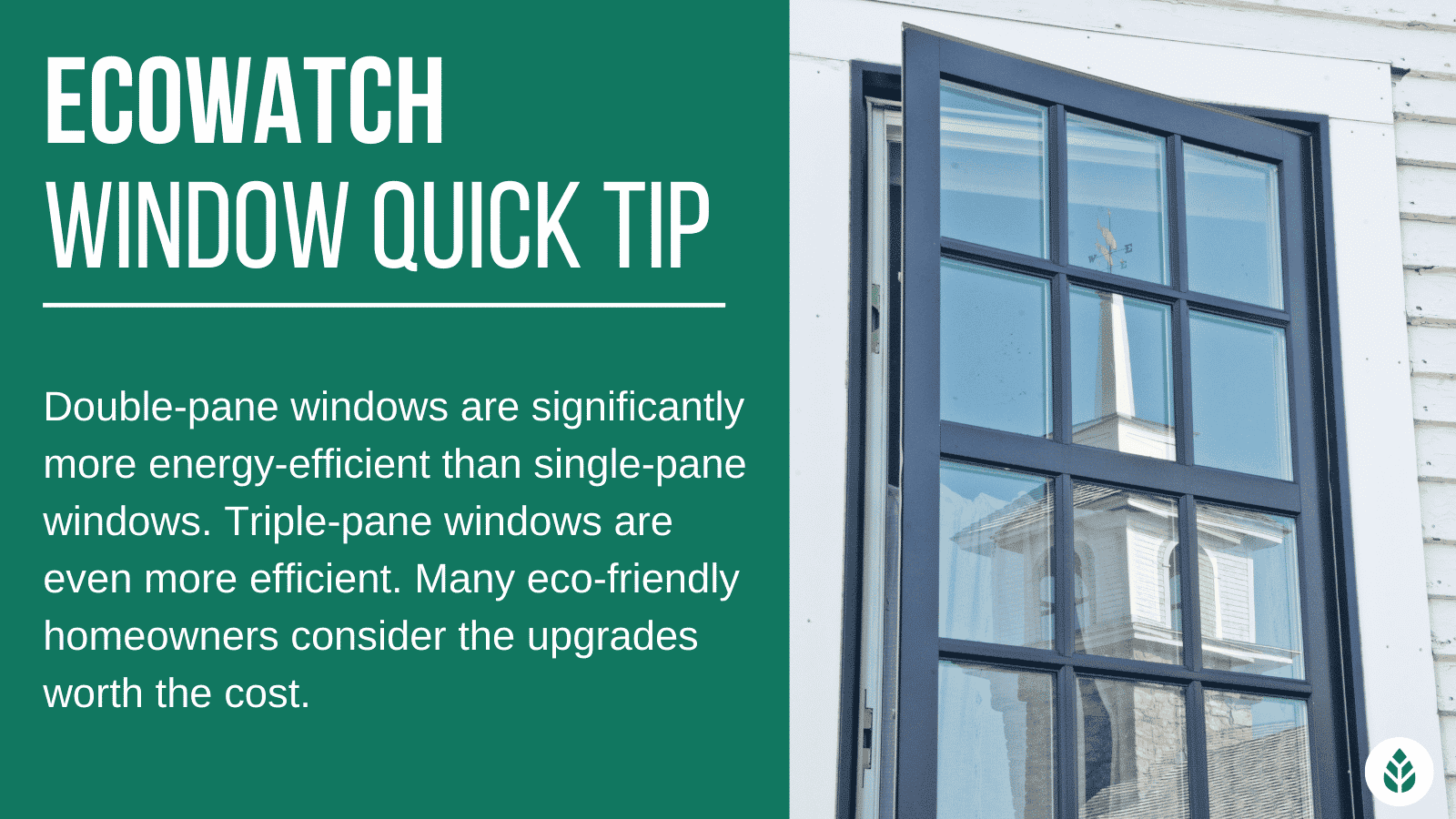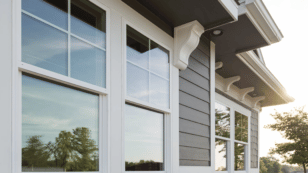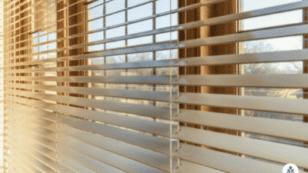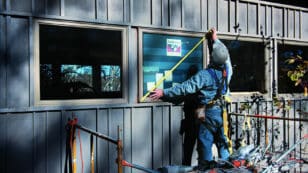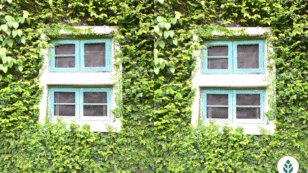
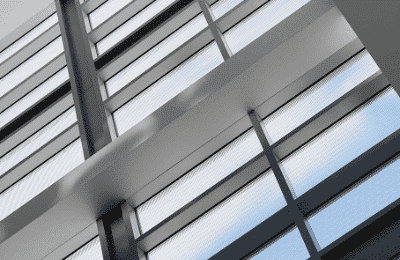
How Much Do Double Pane Windows Cost? (2024)
In this guide on the cost of double pane windows, you’ll learn:
- What does it cost to replace double pane windows?
- What factors affect the price of a double pane window replacement project?
- Are these types of windows better for energy efficiency?
This EcoWatch guide has helped many homeowners learn about costs of double pane windows and understand what factors can influence the overall price for their home window project.
Each product and or company featured here has been independently selected by the writer. You can learn more about our review methodology here. If you make a purchase using the links included, we may earn commission.
If you’re wondering what it will cost you to replace or upgrade your double-pane home windows, you’re in the right place.
Double-pane windows are by far the most popular type of windows in homes across America. They offer a nice balance of improved energy efficiency over single-pane windows and relative affordability compared to more-efficient triple-pane windows. When it comes time to replace your double-pane windows, though, you might be wondering what it will cost you and if it’s worth the investment.
In this article, we’ll discuss average prices for double-pane windows, the factors that can affect your total window replacement costs, the benefits of double-pane windows, and more.
What Does it Cost to Replace Double Pane Windows?
The national average cost to replace one double-pane window is around $450. Most homeowners pay between $250 and $800 to replace a double-pane window, depending on the size, style, and other factors. Some double-pane windows can cost as little as $150 or as much as $7,500, although these are the extremes.

Window World
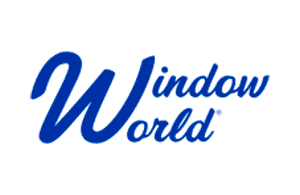
200 Locations Nationwide
Average cost
Pros
- EnergyStar Partner
- Large service area
- Wide variety of products and services
- Great industry reputation
- Lifetime warranty
Cons
- Quality of service will depend on your area

Window Nation

9 States (75 miles from showrooms)
Average cost
Pros
- Award-winning company
- Wide variety of products and services
- Manufactures products in-house
- Custom Designs
Cons
- Installation not covered by warranty
- Limited service area
Factors That Affect the Cost of Double Pane Windows
The price range for double-pane windows can be wide because many different factors play into your total project cost. We’ll discuss some of the most significant of these below.
Window Style
One of the biggest cost factors that determines the double pane window prices is the style of window you choose. Examples of popular styles are the single-hung window, double-hung window, picture window, basement window, casement window, and bay window. All of these styles, and more, can have double-pane glass.
Below we’ve listed some of the most popular window styles along with an average cost to install each with double-pane glass.
| Window Style | Average Cost for Double-Hung Window |
| Picture Window | $350 |
| Single-Hung Window | $300 |
| Double-Hung Window | $450 |
| Casement Window | $725 |
| Awning Window | $650 |
| Bay Window | $2,200 |
| Sliding Window | $500 |
| Bow Window | $5,000 |
| Hopper Window | $400 |
| Skylight | $1,000 |
Frame Material
After style, the most important factor to consider when estimating the cost of your replacement double-hung windows is the frame material. Window frames are generally available in five materials: aluminum, vinyl, wood, composite, and fiberglass.
Aluminum windows are often the most affordable and will average around $400 per double-pane window. Aluminum is not the most energy-efficient frame type, but it is low-maintenance and can be painted.
Vinyl is a more popular option because it’s quite energy-efficient but still affordable. One vinyl double-pane window will average around $500, and insulated vinyl frames can cost just a little more.
Wood window frames are somewhat energy-efficient, although most homeowners choose them to do so for the appearance. One wood double-pane window is likely to cost around $650.
Composite frames are more durable than natural wood and can provide a similar appearance. They’re also more energy-efficient than wood frames. However, they’re more costly at around $800 per double-pane window.
Finally, fiberglass offers the best energy efficiency and is considered among the most durable options.1 Fiberglass comes at a high price, though, with an average per-window cost of $1,000 with double-pane glass.
Size
The size of your window can have a fairly significant effect on your double-pane window cost as well, as larger windows mean more glass, frame material, and insulative gas. You’ll also pay more in labor costs for oversized windows, as more window replacement technicians might be needed to help with the installation process.
The table below provides a look at some average pricing for standard double-pane window sizes.
| Window Size | Average Window Cost with Double Pane Glass |
| 24” x 36” | $380 |
| 30” x 36” | $435 |
| 36” x 42” | $575 |
| 24” x 54” | $450 |
| 46” x 54” | $920 |
Window Brand
Of course, the window brand can have an impact on the price you’ll pay to install a double-pane window. There are many brands to choose from, each of which provides varying levels of energy efficiency and durability at different price points. Choosing a high-end window manufacturer like Andersen, Marvin or Pella is naturally going to bring your total higher than if you choose a lower-quality window company like JELD-WEN or Reliabilt.
It’s worth noting that higher-end window brands will cost you more up-front, but they’re likely to save you money in the long run as they tend to provide better energy efficiency. Over time, durable and energy-efficient brands can provide energy savings that lower-tier brands won’t.
Insulative Gas
Double-pane windows consist of two panes of glass with a vacuum-sealed compartment of insulative gas in the middle. Most windows use either argon or krypton gas as insulation between panes. Argon gas is typically more affordable, while krypton gas provides slightly better thermal protection.2 Some companies only offer krypton gas in triple-pane windows, and charge a premium for the increased energy efficiency.
Glass Treatments
The glass treatments you choose — if any — can affect the price of your double-pane windows. Some companies offer low-emissivity (low-e) glass coatings, which further protect your interior from outdoor temperatures and reduce UV (ultraviolet) light coming into your home. Low-e coatings can be a wonderful option for maximizing your home’s energy efficiency, but they do come at a price of around $6 per square foot of treated area.
Another common window glass treatment is tinting, which blocks some of the UV radiation coming through your windows and can help keep your living space cool in the summer. Window tinting is about the same price as low-e coating, averaging $6 to $7 per square foot.
Location of Your Window
Finally, the location of your window won’t affect the cost of the materials, but it can bump up installation costs. Windows that are easy to access — like those on first floors — will naturally be more affordable than those on upper stories because they require fewer safety precautions and less specialized equipment.
Are Double Pane Windows Worth It?
Double-pane windows can be two to four times as expensive as the equivalent single-pane option, so many homeowners wonder if upgrading to double-pane is worthwhile. In most cases, double-pane windows are well worth the investment, primarily because they are significantly more energy-efficient and add value to your home.
Your windows are where your home’s interior loses most of its energy used for heating and cooling to the outside, so installing the most energy-efficient windows in your home can help you maintain a more comfortable and less-costly interior temperature.
One of the primary benefits of improved window efficiency is the money you stand to save on your energy costs. You’ll almost certainly start saving on your heating and cooling bills right after you install double-pane windows, and over time the savings could end up exceeding the extra cost for double-panes.
Double-pane windows also reduce the strain you put on your heating and cooling equipment. Less energy lost to the exterior means an easier job for your systems to keep up with demand. Less strain on your systems means fewer service calls and outages and less wear and tear in general, which can end up saving you even more money on repairs, maintenance, and replacement.
Energy Rating of Double Pane Windows
Yes, double-pane windows are more energy-efficient than single-pane windows, and they’re considered a good balance between energy efficiency and up-front cost for most homeowners. The insulative gas sealed between the panes is the primary reason double-pane windows are more energy-efficient than single-pane options, and the double-pane spacers also provide some insulation.
As an example, if the outdoor temperature is much higher than your indoor temperature, the outer pane of glass will heat up. That energy then meets the layer of insulative gas, preventing much of it from reaching the second pane of glass that faces your interior, preventing that from heating up and thus reaching your inside air.
Your double-pane windows also have spacers that keep the two panes separated. These spacers can be made of different materials that help reduce energy transfer.
What Are the Benefits of Double Pane Windows?
Double-pane windows are far more costly than single-pane options, but they provide several benefits that most homeowners find are worth the added investment. We’ll explain the most appealing benefits of double-pane windows below.
Improved Energy Efficiency
The biggest advantage to installing double-pane windows is the boost in energy efficiency you’ll get. Double-pane windows provide added protection from the exterior temperatures, lowering your energy bills, making your interior living areas more comfortable, and reducing the burden on your heating and cooling systems.
Check out this short video to see the difference after installing a double pane window:
Fewer Issues with Condensation
Condensation forms on windows when the temperature of the glass is significantly higher or lower than the surrounding air. With double-pane windows, this happens much less frequently because of the insulative layer of gas. As a result, you’ll experience fewer issues with condensation blocking your view of the outside, and you won’t have as many problems with interior condensation dripping on your floor, furniture, or other belongings and possibly degrading your window frames.
Noise Reduction
Double-pane windows provide two layers of glass, which can further soundproof your windows and home from noise as well as the outdoor temperature. Homeowners with double-pane windows will experience less road noise and fewer distractions from neighbors, air traffic, lawnmowers, and other outdoor noises.
How to Save Money When Replacing Double Pane Windows
Installing double-pane windows can be quite expensive, especially if you upgrade all of your old windows at once for the maximum boost in energy efficiency. Many homeowners will look for ways to save money, of which there are a few.
First, you can choose a more affordable window frame material to keep costs down. You’ll get less durability and energy efficiency from aluminum or vinyl windows than you would with fiberglass or composite, but you can save an average of $400 to $600 per new window. Keep in mind, though, that your long-term cost for aluminum or vinyl could end up higher than your up-front costs since you’ll experience fewer energy savings.
You can also save a bit of money by choosing a more affordable window brand. Avoiding the more expensive options like Andersen and Pella will bring your upfront costs down by several hundred dollars per window, on average. It’s important to remember that you get what you pay for, though, so more costly windows will often have better energy efficiency, better durability, and longer-lasting warranties.
Finally, you can save money overall by replacing all of your double-pane windows at once as a single home improvement project. Most companies will offer a per-window discount based on the number of windows you install, so while replacing multiple windows will bump up your absolute costs, it will bring down the relative cost per window and increase your energy savings.
FAQ: Double-Pane Window Cost
Double-pane windows — sometimes called dual-pane windows — have two panes of glass with a sealed layer of argon or krypton gas between them. They provide excellent energy efficiency and improved noise insulation, although they are more costly than single-pane windows.
Yes, if the seal breaks on your double-pane window and it loses its insulative properties, you can have it repaired. The process involves removing one pane, cleaning the gap, replacing the pane, refilling the insulative gas, and resealing the window. This process must be done by a professional.
In most cases, you can tell if the seal on your double-pane window is broken if you see condensation forming on just a single pane. If you can’t wipe off the condensation from inside or outside of the house, the seal is definitely broken, and the insulative gas will have exited the sealed chamber. If that’s the case, you’ll need to have a professional repair the window as described above.

 233k
233k  41k
41k  Subscribe
Subscribe 

